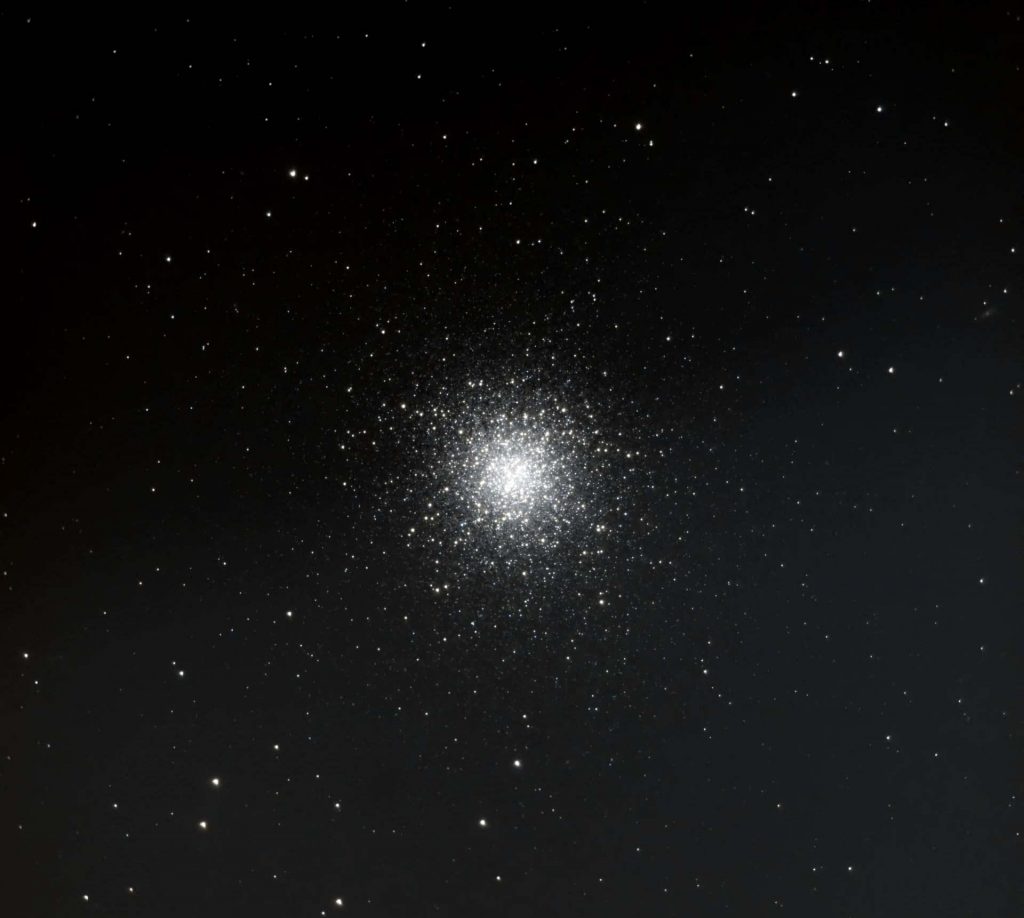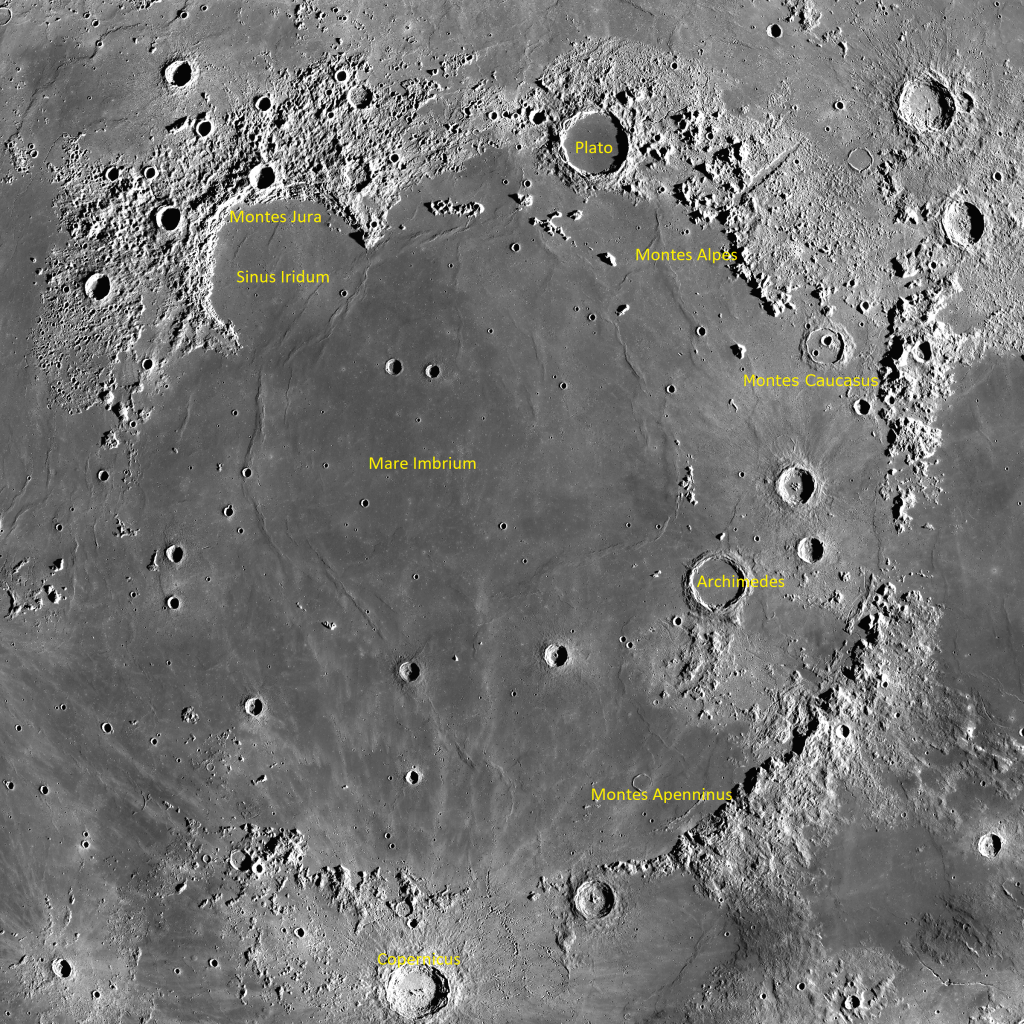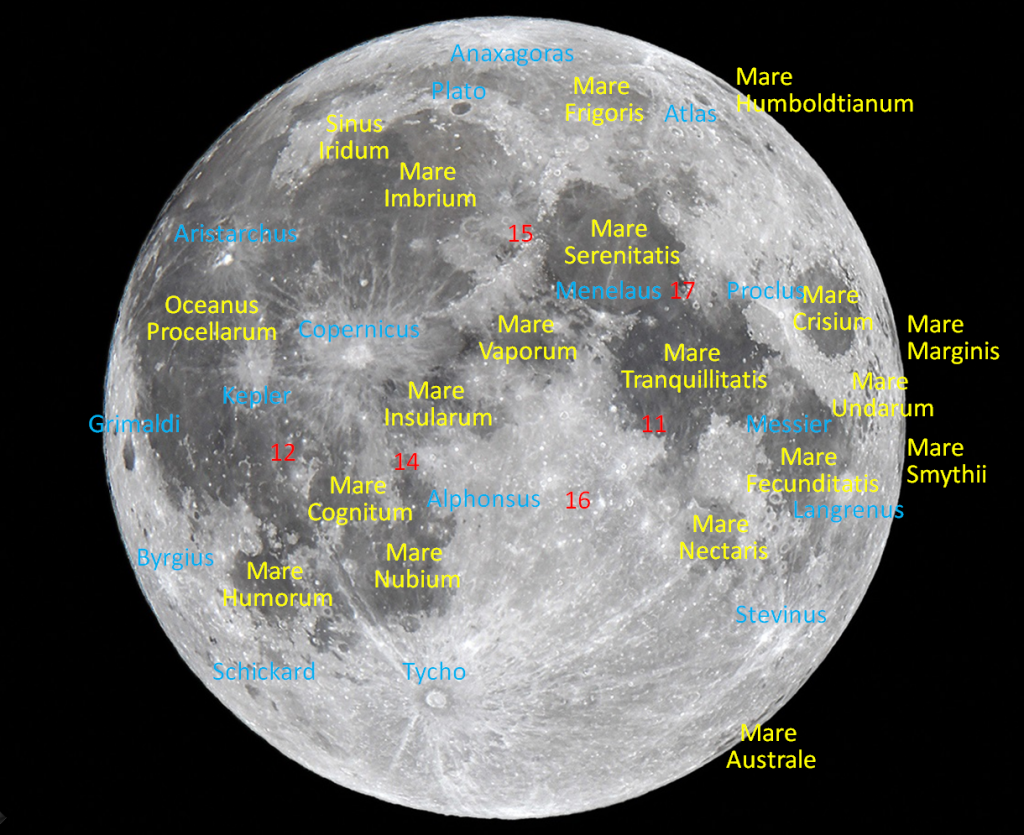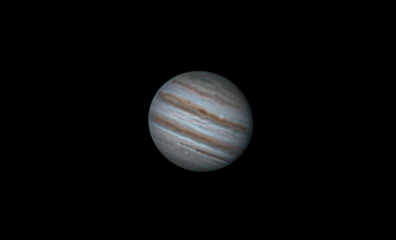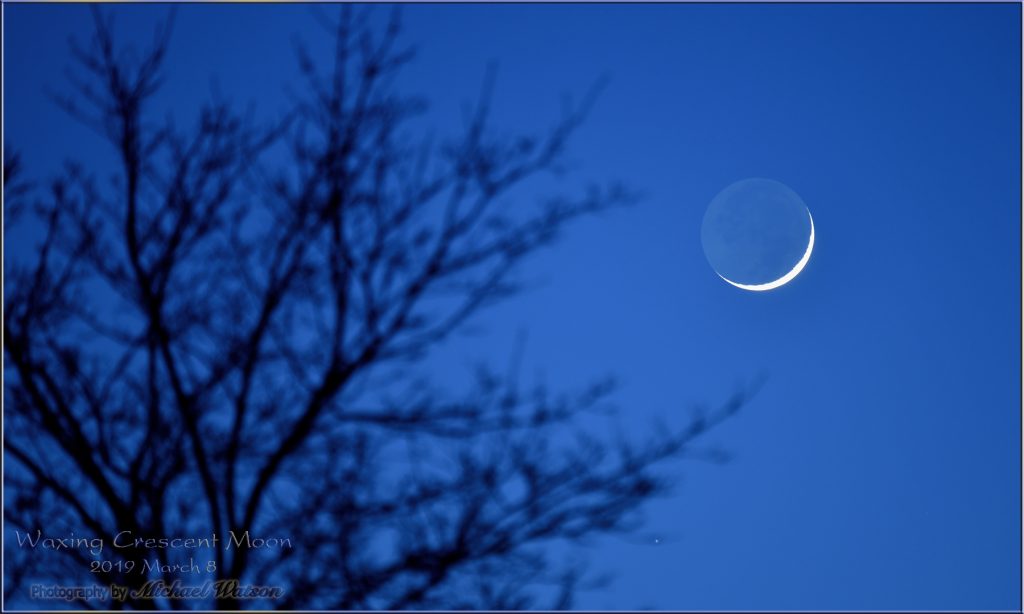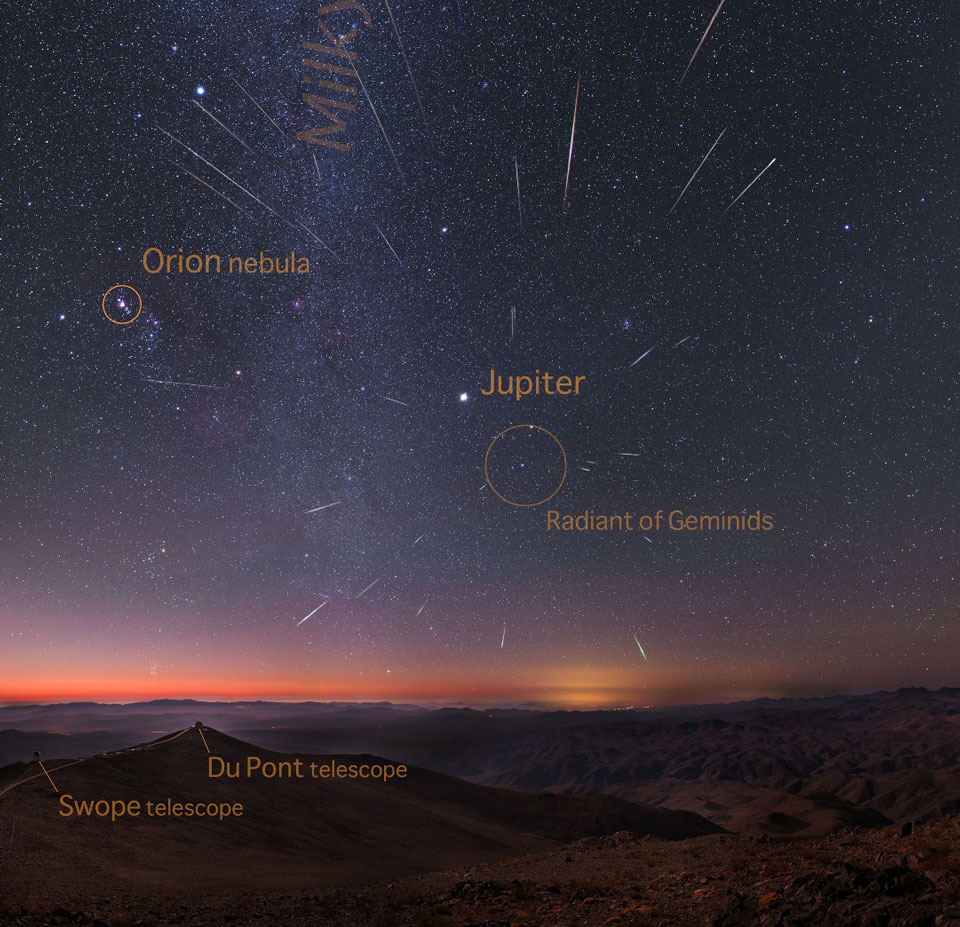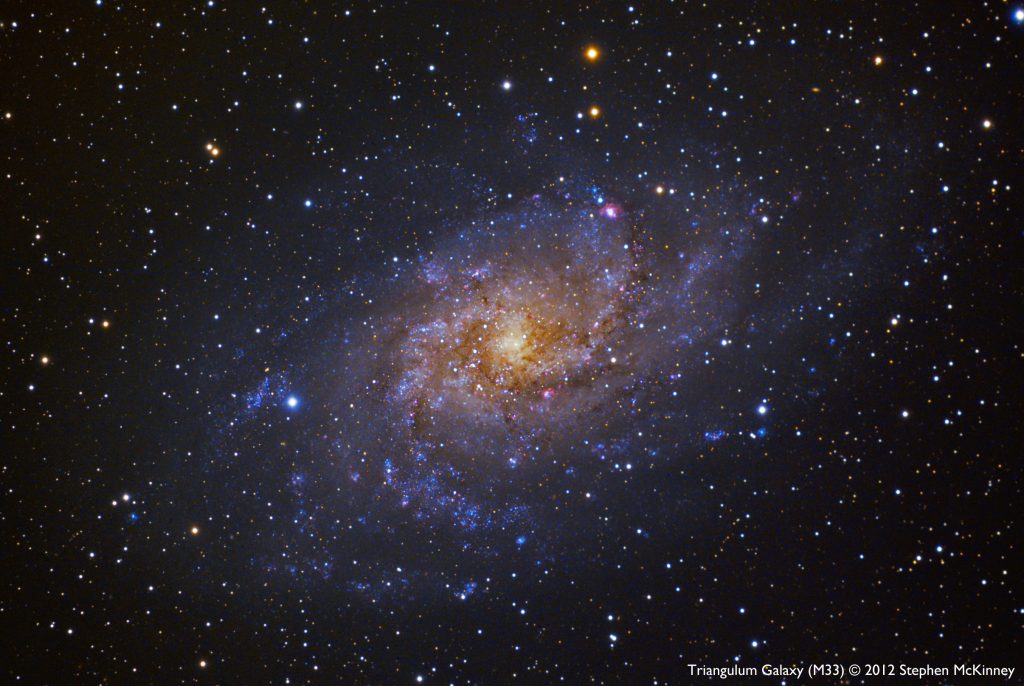Late Moon Poses Near Planets and Leaves Evening Dark for a Dolphin Dive, Autumn Brings Meteors, a Comet Shows Potential, and Planets Rule the Night!
The globular cluster NGC 6934 in Delphinus as imaged by the Hubble Space Telescope. It is also known as Caldwell 47. This image covers about 3 arc-minutes of the sky, or 1/10th of the full moon’s diameter. (Wikipedia) Hello, Autumn Stargazers! Here are your Astronomy Skylights for the week of September 22nd, 2024 by Chris…
Read more

